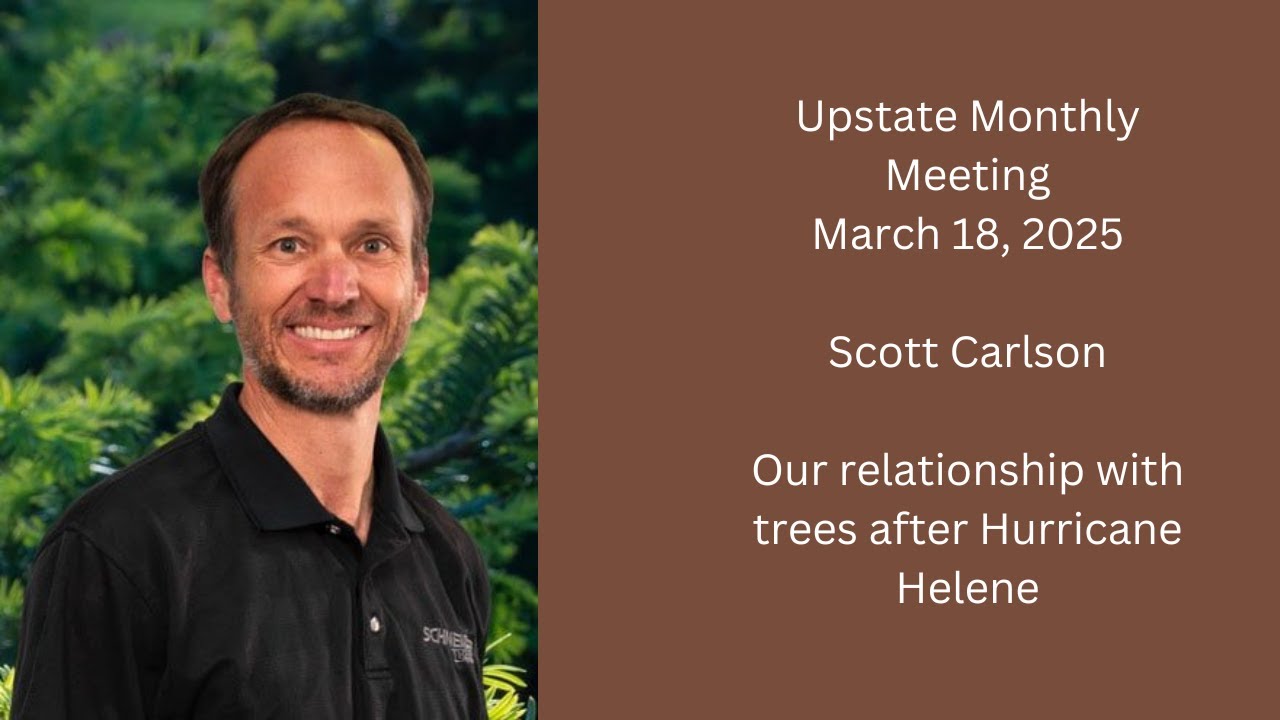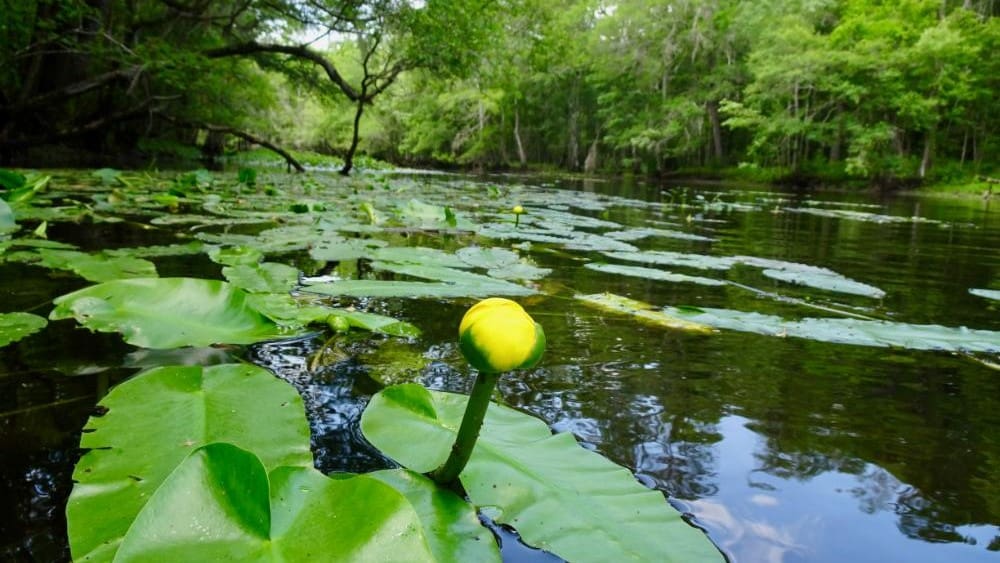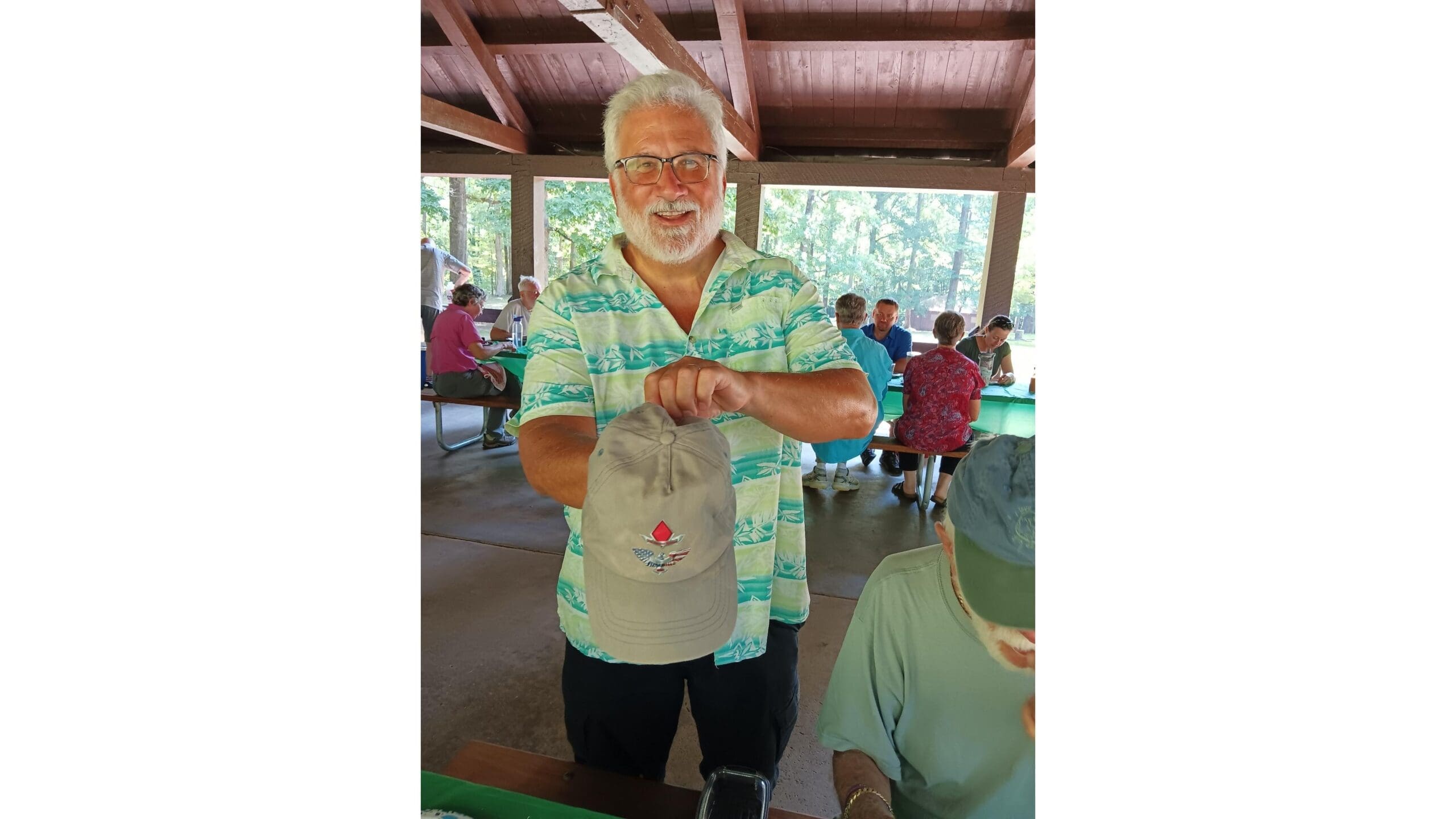At the Upstate Chapter’s monthly meeting in March 2025, certified arborist Scott Carlson of Snider Tree Care—also a founding board member of TreesUpstate—delivered a timely and eye-opening talk on the value of trees and what Hurricane Helen exposed about their vulnerabilities.
Scott walked us through how trees function in forest communities versus urban environments, where root damage, soil compaction, and a lack of organic material dramatically shorten their lifespans. He explained why many urban trees fail to reach maturity and how common issues—like improper planting, girdling roots, or aggressive mulching—can set trees up for failure years down the line.
Then came Helen. With more than 11 inches of rain and winds over 60 mph, the storm was a large-scale stress test for the Upstate’s tree canopy. Trees like white oaks, hickories, and pecans—still leafed out and loaded with nuts—were especially vulnerable. Scott emphasized that while the storm was extreme, most tree failures (around 70–75%) result from preexisting conditions that can be identified and managed.
His message wasn’t one of doom but of resilience: with proper pruning, thoughtful planting, and the use of growth regulators and soil treatments, we can care for our urban trees more like we do our native ones—and keep them standing tall.




